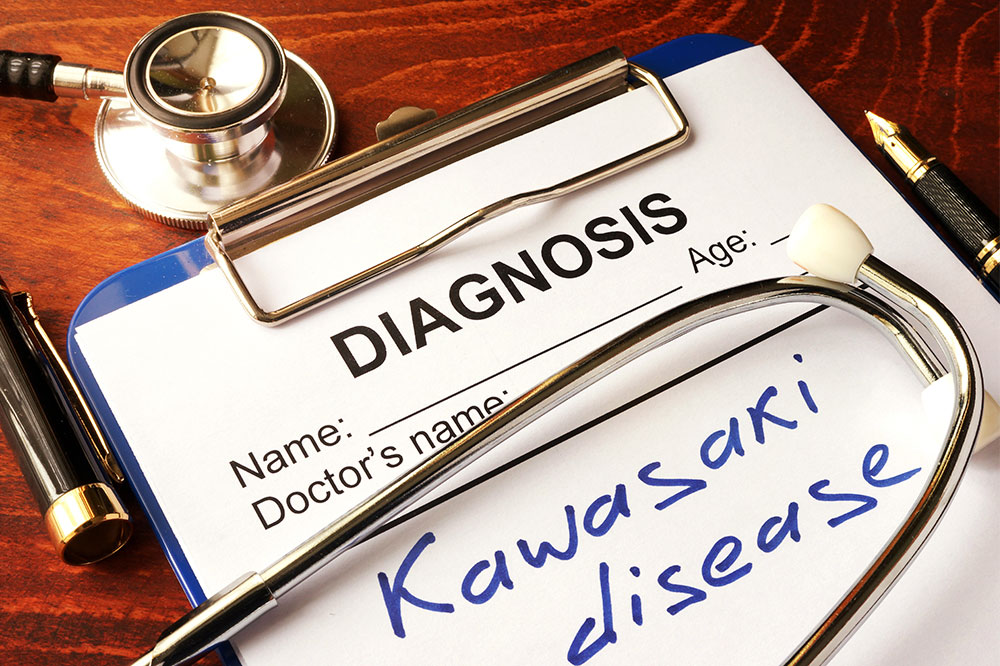Understanding and Managing Kawasaki Disease
This article details the diagnosis and management of Kawasaki disease, emphasizing the importance of early detection and appropriate treatment in children. It covers key symptoms, diagnostic tests like blood work, echocardiography, and ECG, along with treatment strategies to prevent heart complications. The content highlights the significance of professional medical supervision to ensure safe and effective care, ultimately helping children recover and avoid severe health issues related to the condition.

Understanding and Managing Kawasaki Disease
Kawasaki disease, also known as mucocutaneous lymph node syndrome, causes inflammation in the walls of blood vessels, particularly affecting children under five. This inflammation can obstruct blood flow to the heart, posing serious health risks. Symptoms include high fever, vomiting, skin redness, rashes in the genital area, and eye discharge. This article explores how to diagnose and treat this condition effectively.
Diagnosis
Since symptoms like fever and vomiting are common in various illnesses, precise testing is essential to differentiate Kawasaki disease from conditions like juvenile rheumatoid arthritis, toxic shock syndrome, measles, or scarlet fever.
Medical professionals carry out specific tests based on symptoms:
Blood Tests
Blood tests evaluate white blood cell counts, often elevated in Kawasaki disease, along with signs of anemia and inflammation. Occasionally, tests for B-type natriuretic peptides are performed but are not definitive alone.
Echocardiography
An ultrasound of the heart to assess arterial health, especially to detect stress on coronary arteries, guiding treatment decisions.
Electrocardiogram
This test records the heart’s electrical activity, helping identify irregular heart rhythms associated with Kawasaki disease.
Irregular heartbeat is a common indicator.
Treatment
Effective management focuses on reducing fever to prevent heart complications. Medications, administered orally or via IV, should be given under medical supervision to avoid adverse reactions.
After initial treatment, ongoing monitoring of heart and artery health through regular follow-up tests is vital. Pediatric cardiologists play a key role in guiding parents through this process.
Although Kawasaki disease can be serious, prompt and proper treatment significantly improves outcomes. Trusting healthcare providers ensures children receive optimal care for a healthy recovery.










